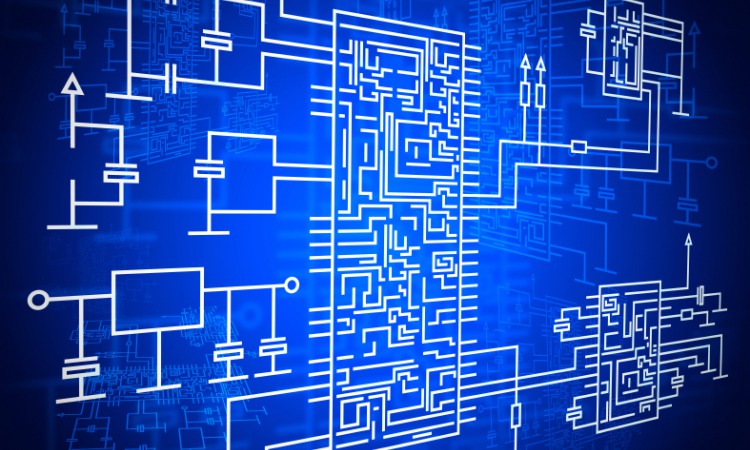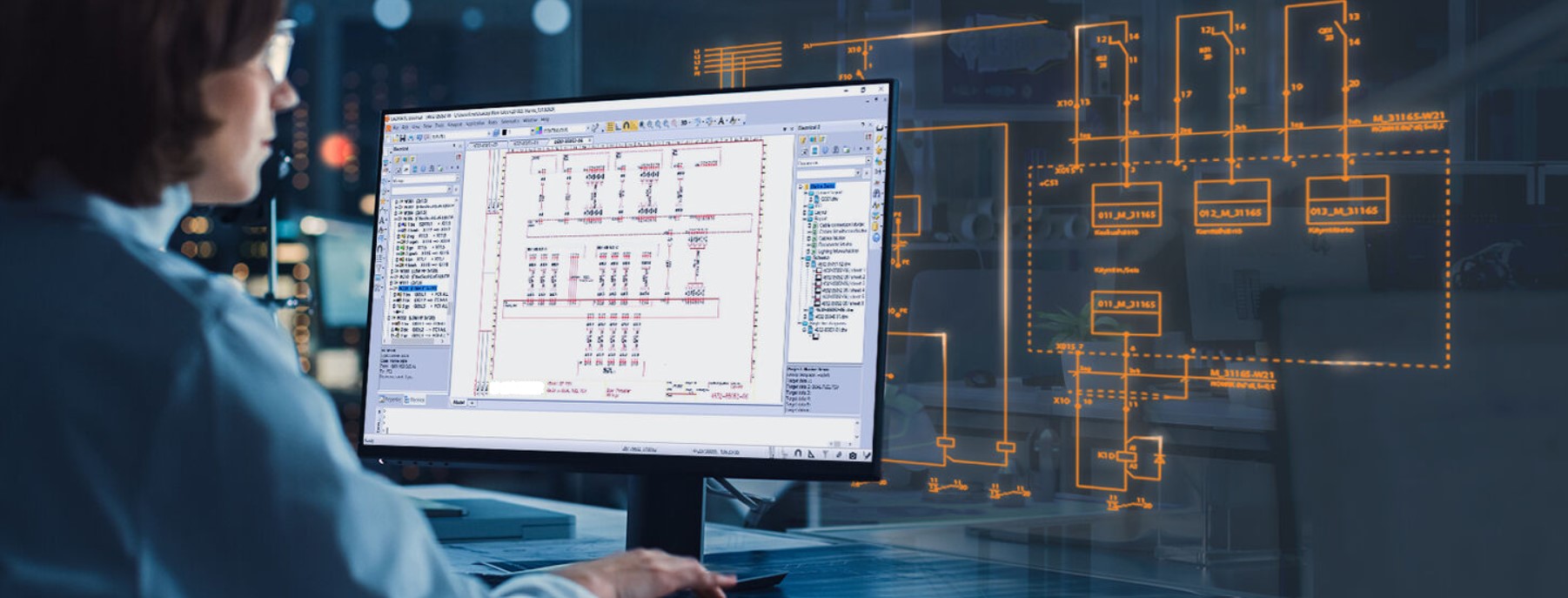Innovative Electrical Design Providers for Modern Framework
As city settings expand significantly complex, integrating technologies such as smart grids and renewable energy resources comes to be critical. These innovations not just promise to optimize energy usage yet also foster strength versus future needs.
Importance of Cutting-edge Electric Design
Innovative electrical design plays a crucial function in contemporary infrastructure, affecting not only performance but additionally sustainability. As cities develop and the need for energy boosts, the requirement for innovative electric systems becomes vital. These systems should not just fulfill current needs yet also prepare for future development and technological advancements.
A well-executed electric design can significantly lower power intake, therefore lowering operational prices and decreasing environmental effect. By including renewable power sources, such as solar panels and wind turbines, innovative designs can enhance power freedom and resilience. Clever grid innovations enable for real-time tracking and administration of energy circulation, optimizing efficiency and reducing waste.
Safety and security is one more crucial element of electrical design. Executing strenuous requirements and advanced innovations can reduce dangers connected with electric failures, guaranteeing a protected setting for homeowners and companies alike. Furthermore, innovative layouts promote versatility, allowing frameworks to integrate arising technologies seamlessly.
Secret Patterns in Electric Design
As the landscape of electric design proceeds to develop, several essential fads are shaping the future of the sector. One considerable fad is the combination of smart technology into electrical systems. The spreading of the Net of Points (IoT) has actually allowed real-time monitoring and control of electric gadgets, boosting efficiency and assisting in anticipating maintenance.
One more trend is the expanding emphasis on modular design. This strategy permits for scalable and adaptable services, making it possible for infrastructure to adapt to transforming needs without comprehensive improvements. In addition, the usage of innovative simulation devices and Building Information Modeling (BIM) is ending up being increasingly prevalent, streamlining the design process and boosting partnership amongst stakeholders.
In addition, innovations in materials scientific research are resulting in the growth of lighter, extra durable, and energy-efficient components. This technology is particularly vital for high-performance structures and facilities projects.
Lastly, there is a marked shift in the direction of data-driven decision-making - industrial electrical design. Leveraging data analytics assists developers enhance systems for efficiency and cost-effectiveness. Together, these patterns indicate a transformative era in electrical design, improving capability, sustainability, and strength in contemporary framework
Lasting Power Solutions
Lasting power remedies are progressively ending up being a vital focus in electrical design, mirroring a broader commitment to environmental obligation and source effectiveness. These services intend to lessen environmental impact while optimizing energy usage in various infrastructures, from residential buildings to large commercial facilities.
One of the foremost strategies involves the assimilation of renewable resource sources, such as photovoltaic panels and wind turbines, into electrical systems. This not just reduces reliance on nonrenewable fuel sources but additionally improves power strength. In addition, cutting-edge power storage systems, such as innovative batteries, allow effective see this monitoring and distribution of power, ensuring that surplus energy produced during height production can be used throughout high need durations.
Additionally, energy-efficient design practices are being taken on to boost overall system efficiency. This includes utilizing energy-efficient lighting, cooling and heating systems, and smart structure technologies that adapt and keep an eye on energy use based upon occupancy and ecological conditions.
Smart Grid Technologies
The execution of lasting energy options naturally results in the exploration of wise grid innovations, which play a pivotal role in updating electrical systems. Smart grids leverage progressed interaction innovations and information analytics to improve the dependability, effectiveness, and sustainability of power circulation. By incorporating electronic modern technology with typical grid facilities, these systems assist in real-time surveillance, automated control, and boosted decision-making capabilities.
One of the key attributes of clever grids is their capacity to accommodate renewable resource sources, such as solar and wind power. This adaptability check that not only reduces reliance on fossil fuels but additionally permits a more decentralized power manufacturing design. Additionally, wise grids allow demand feedback programs, where consumers can adjust their power use based on real-time pricing, consequently promoting power preservation and minimizing peak lots demands.
In addition, wise grid innovations improve grid resilience by making it possible for quicker identification and resolution of failures, eventually minimizing downtime. With anticipating maintenance and analytics, utilities can improve and optimize operations solution delivery. As cities and areas proceed to progress, clever grid innovations are vital for developing a reliable and sustainable electric facilities that fulfills the demands of modern-day culture.

Future-Proofing Facilities
To make certain long-lasting practicality and adaptability, future-proofing framework is essential in the swiftly developing landscape of electrical design services. As modern technology advancements and energy needs change, it is important that electric systems are created with flexibility in mind. This involves integrating scalable services that can suit future upgrades without necessitating considerable overhauls.

Additionally, sustainability should be a keystone of future-proofed styles. Making use of renewable energy resources, such as solar and wind, and view website optimizing energy performance minimize reliance on nonrenewable fuel sources, lining up with international initiatives to battle climate modification.
Conclusion
By focusing on flexibility, efficiency, and sustainability, these solutions deal with the advancing needs of power systems. The combination of smart grid innovations and sustainable energy remedies improves strength and lowers functional expenses.
A well-executed electrical design can substantially decrease energy intake, consequently decreasing functional expenses and reducing environmental influence. By integrating sustainable energy resources, such as solar panels and wind turbines, cutting-edge layouts can boost energy freedom and durability. Furthermore, ingenious energy storage space systems, such as sophisticated batteries, enable efficient administration and circulation of power, guaranteeing that excess power produced during height manufacturing can be made use of throughout high need periods.
Wise grids allow demand response programs, where customers can adjust their energy use based on real-time prices, therefore advertising power preservation and lowering peak lots needs. (electrical design services)
As modern technology advancements and power demands change, it is vital that electrical systems are created with flexibility in mind.